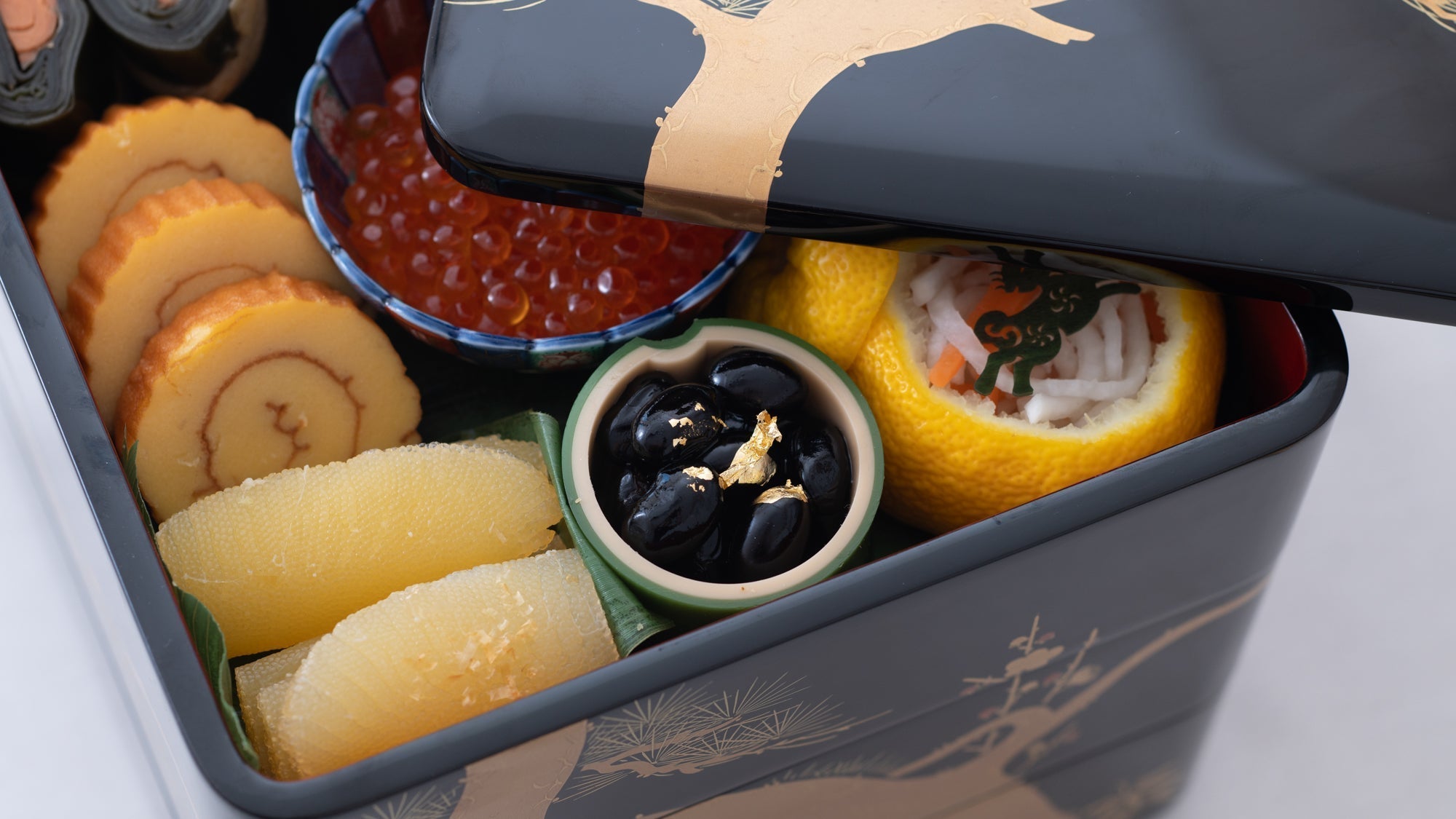
Osechi ryori: Culinary Art Celebrating the New Year
Written by Team MUSUBI
A cuisine that beautifully exemplifies Japan's rich food culture. Osechi ryori is a traditional Japanese cuisine with a long history and is enjoyed with family and friends during the three days of the Japanese New Year celebrations. Dishes using traditional Japanese ingredients that carry meanings of longevity, prosperity and happiness are included in Osechi ryori.
All family members are able to relax without worrying about what to cook for lunch or dinner during the New Year holidays as an abundant amount of food is kept in multiple-tiered Jubako bento boxes. Upon opening the lid, you are treated to tiers of tasty traditional dishes.
Learn more about the tradition of Osechi ryori and what kind of dishes are served. We'll show you different styles on how to serve Osechi ryori from the traditional three tiers Jubako style presentation to a one-plate serving style.
tables of contents
What is Osechi ryori?

The word "ryori" added to the name "Osechi" is the Japanese for "cooking."
The present style of the general population celebrating New Year with specially prepared dishes and serving it in multiple-tiered Jubako bento boxes came about around the end of the Edo period. It was only after World War II that the name "Osechi" came to be used within the general public as department stores started selling Osechi ryori which until then was generally prepared within each household.
Although fewer households prepare their own Osechi ryori, as now it can be conveniently pre-ordered at department stores and even convenience stores, it is still a culinary tradition enjoyed by many during the New Year's holidays.
Auspicious Ingredients

Take a look at some of the basic and traditional ingredients used in Osechi ryori and what meaning each ingredient symbolizes.
Also, see some of the typical decorative garnishes used to enhance the aesthetic of Osechi ryori.
Boiled Shrimp
Shrimps have several auspicious sayings. Shrimps are said to represent longevity with their bent back and long whiskers, as can be seen from their appearance. In addition, it also symbolizes growth and development.

Kuromame - Stewed Black Beans
"Mame" means "beans" but also has the meaning of diligence and good health. If you hope to work or study with diligence in the coming year, have a couple of Kuromame beans.

Kamaboko - colorful fish cakes made from fish puree
Kamaboko is an indispensable ingredient for Osechi ryori. The red(actually pink) and white are auspicious colors as red wards off evil spirits and white symbolizes purity.

Tazukuri - Sweet glazed dried small fish
The literal meaning of "Tazukuri" is "making rice fields" as small dried sardines were used as fertilizer for rice paddies. Now, these sweet small fishes represent wishes for a bountiful year and a good harvest.

Kazunoko- Cured Herring Roe
Fish roe is usually separated into individual small grains, but Kazunoko is served without separating the grains. As there are an uncountable number of eggs in one serving, Kazunoko sends blessings for a prosperous family with many children.

Garnishes
Garnishes are used to add color to the Osechi ryori, but also have auspicious meanings as well. The branch with the small leaves are called "Nanten" which is Nandina in English and holds wishes of overcoming difficult situations and the pine needles symbolize longevity.

Multiple Tiers of Elegant Presentation

The most basic and traditional style to serve Osechi ryori is in a multi-tiered lacquerware Jubako bento box. As Osechi ryori is a cuisine filled with good wishes, it came to be served in multi-tiered Jubako bento boxes with the hope that good wishes would also come in "mutiple" layers. And as these boxes come with a lid, food is easily stored. Our Osechi is served in the Pine Tree Yamanaka Lacquerware Three Tiers Jubako Bento Box decorated with a combination of black lacquer and gold Maki-e.
Take a look at how all the dishes are elegantly and neatly set, tier by tier, in the Jubako bento box.
Ichi-no-ju (First tier)

The top tier is filled with the most auspicious dishes, Iwai-zakana(festive dishes), and other dishes that go well with sake.
The dishes are set in the box in an "Ichimatsu" pattern where the tier is divided evenly into 9 square sections like a checkerboard.
The top row from the left is lined with Kazunoko, then Datemaki(rolled egg omelette) and salmon rolled in konbu.
In the middle row from the left is Kuromame, Ikura(salmon roe)and Kuri-kinton(sweet mashed chestnut).
On the bottom row comes Onamasu(pickled daikon and carrots) in a yuzu cup, Kamaboko, and Tazukuri.

Colorful items are brought to the front and colors of similar hues are evenly dispersed within the tier. The rabbit decoration on the yuzu cup is made out of konbu. A cute addition to remind everyone that it's the year of the rabbit.
Ni-no-ju (Second tier)

For the second tier, there is a bit more freedom in what you can serve.
Usually, dishes that can be considered as main dish are placed in the second tier along with some pickled vegetables. The second tier is divided into four triangular sections.

Our second tier is filled with teriyaki Yellowtail, Tataki-gobo(burdock with sesame), pickled lotus roots, pickled turnips cut in shapes of chrysanthemums and boiled shrimp in bright orange in the middle.
San-no-ju (Third tier)

The last tier is usually filled with a beautiful mix of stewed vegetables. Some of the vegetables in this mix are daikon, carrots, bamboo shoots, lotus roots, and burdock.

Serving Variations
Osechi for Two

The Black Running Water Echizen Lacquerware Two Tiers Jubako Bento Box is perfect for serving Osechi ryori for 2 persons.
Although smaller in size, it retains the same elegance and appetizing presentation as the three-tiered Osechi ryori.

Osechi for One
Tableware made of lacquer are wonderful items to use for special dining occasions during the New Year holidays.


In the past, members of a household would start preparing Osechi ryori together from about the 30th of December.
As a child, I have memories of being told to cut thin slices of dried konbu(seaweed) by my mother on the night of the 30th. My father, who never cooked at all, was cutting thin slices of dried squid. I wasn't quite sure what we were making but I do remember feeling a sense of togetherness as a family. My mother would then fill the family Jubako with Osechi ryori and place it on the dining table on the night of the 31st. I still have this Jubako and use it every year to serve Osechi ryori at my home.
Fill your table for New Year with happy and warm wishes, and create new memories with the people close to your heart with dishes from these Osechi ryori menus.




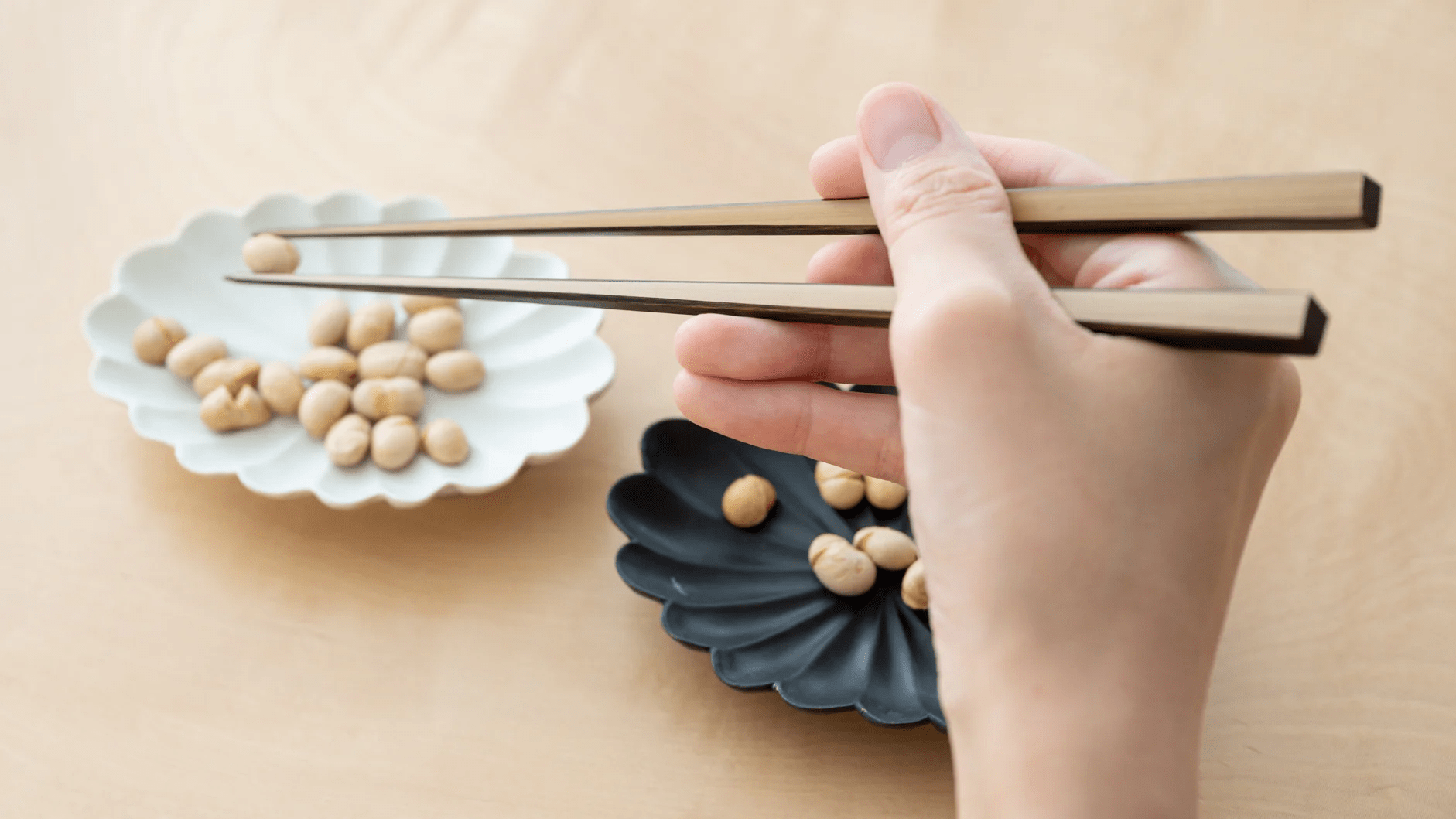
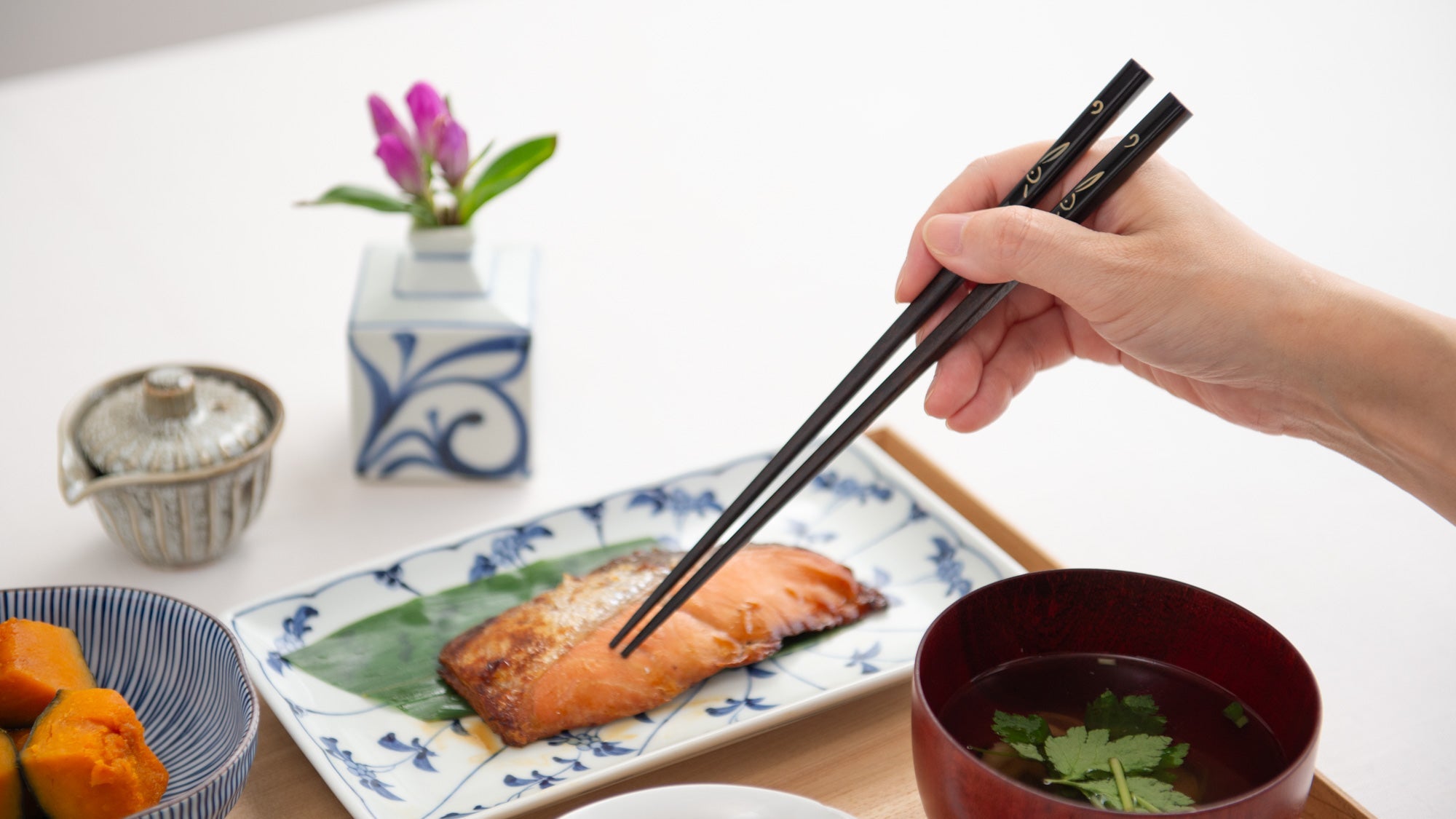

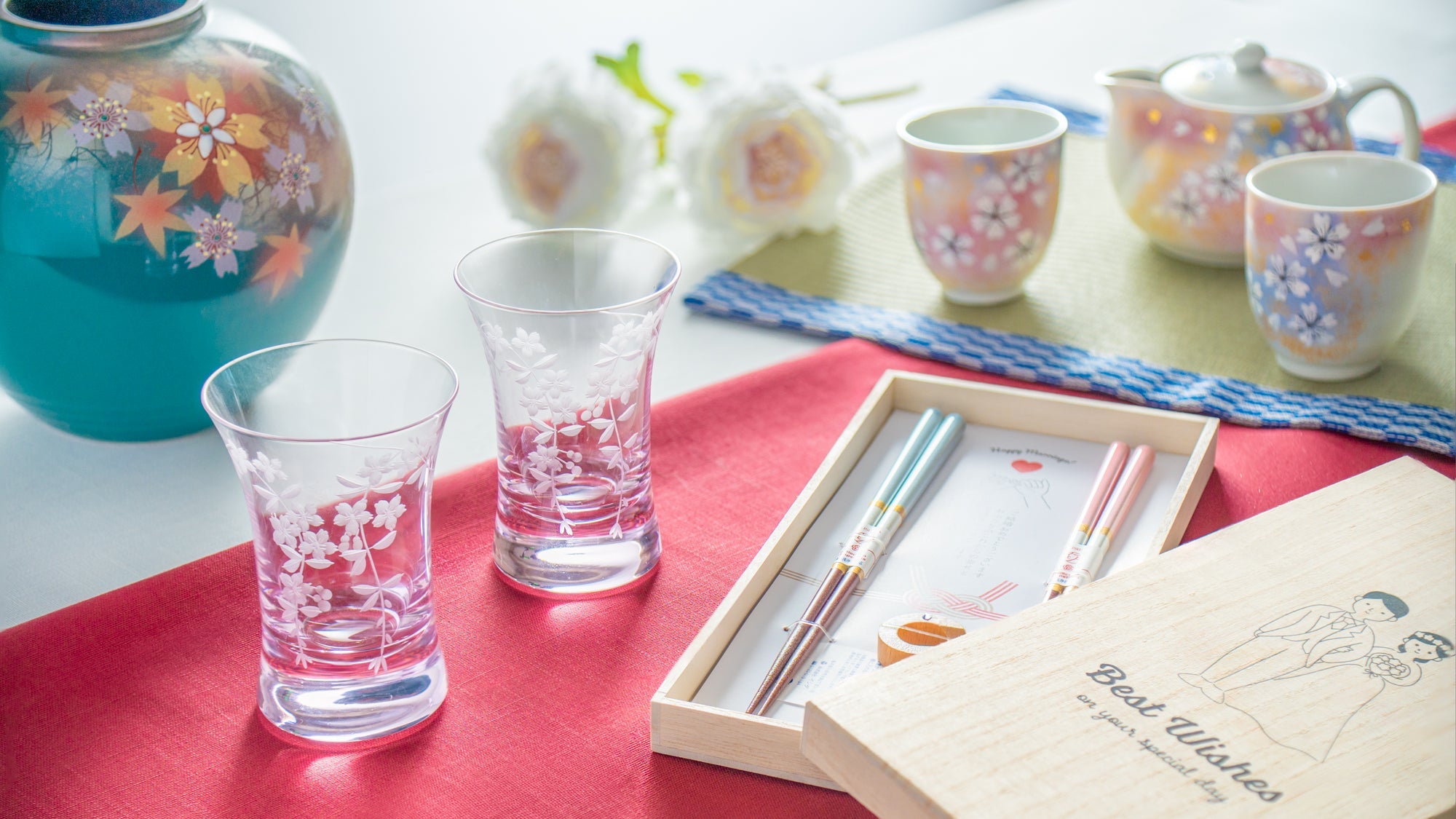
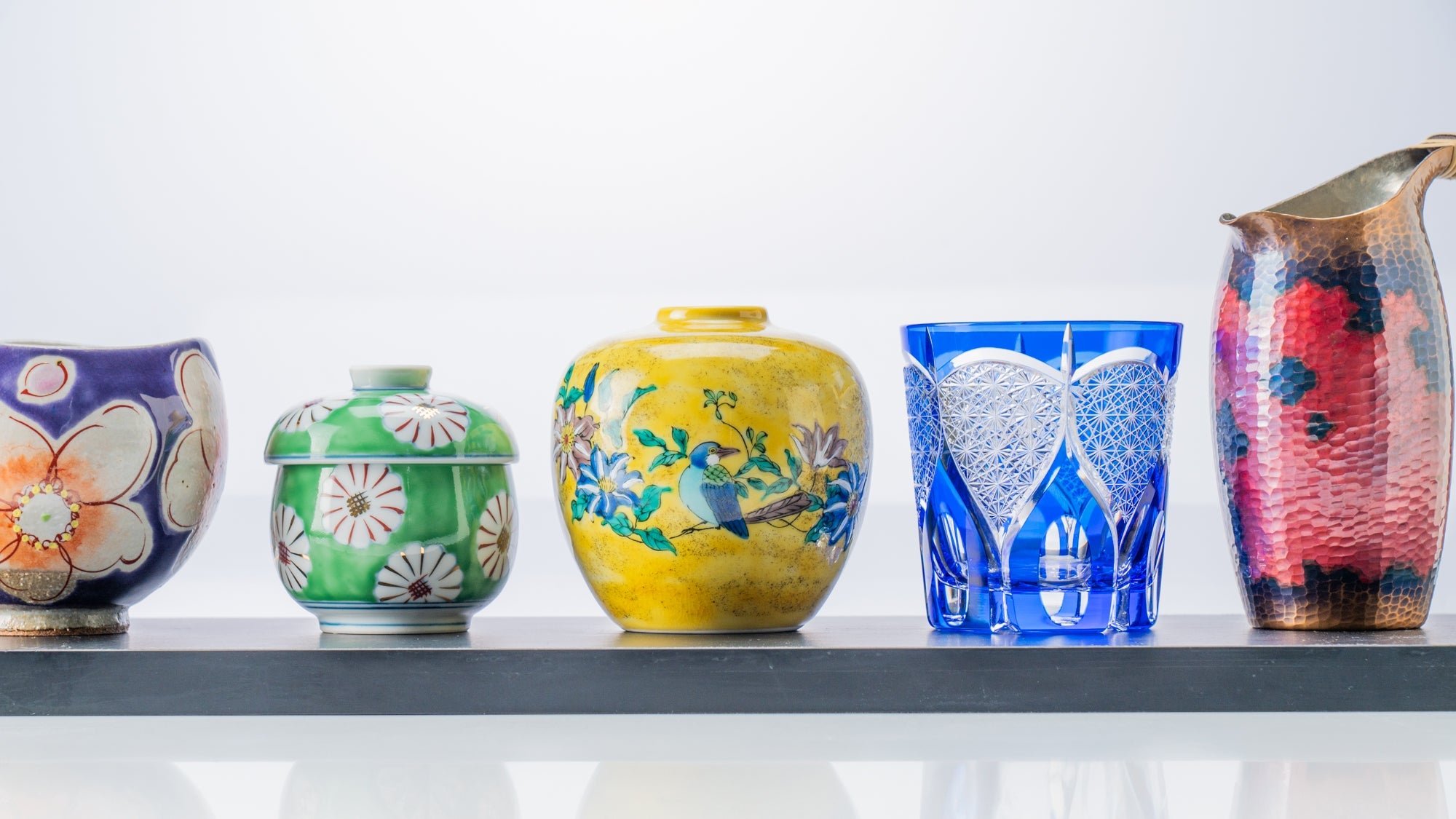
Leave a comment
This site is protected by hCaptcha and the hCaptcha Privacy Policy and Terms of Service apply.